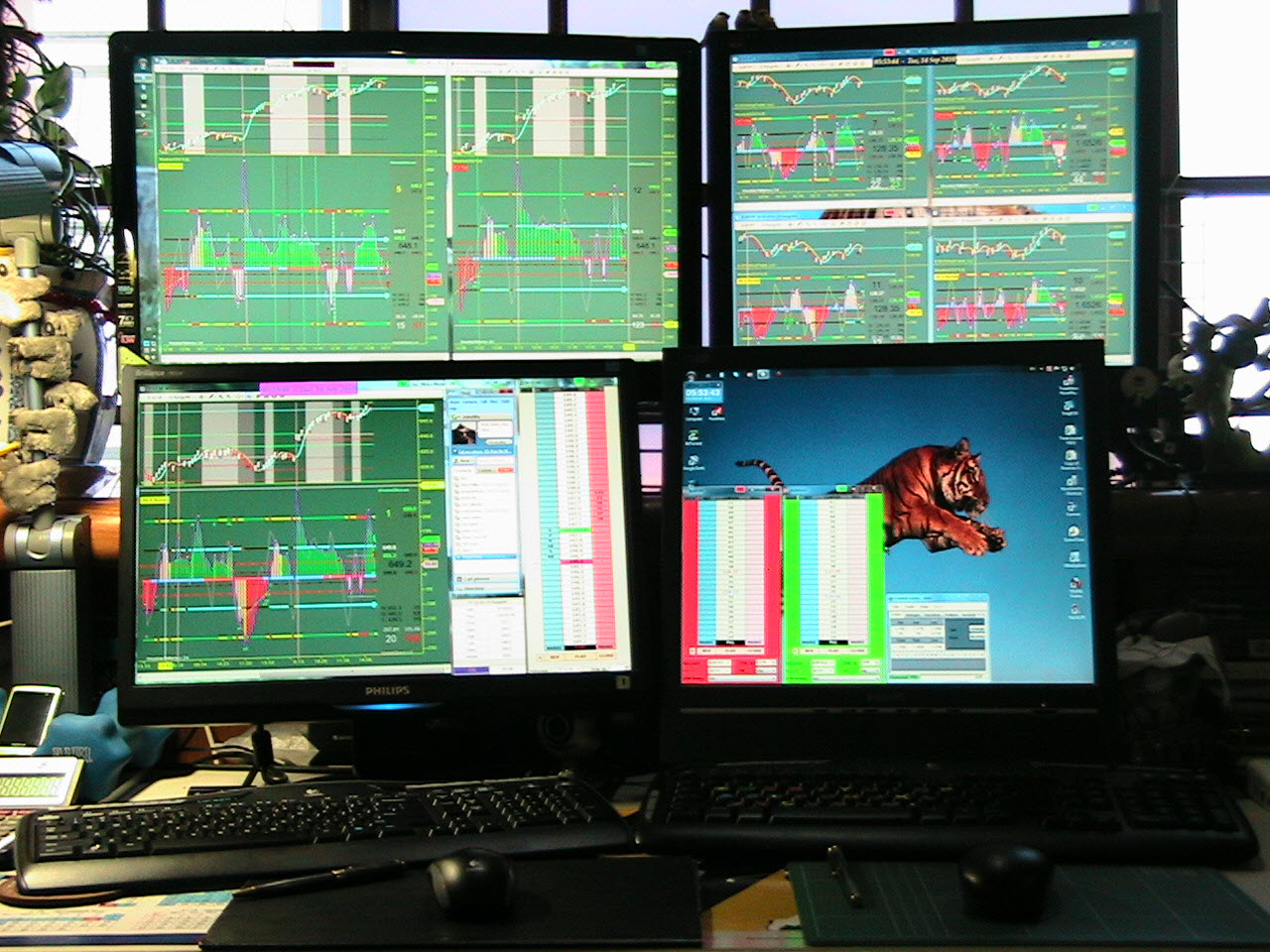What is the most valuable automobile in the world?
I bring this up because of a post at FT Alphaville: "
What is the value of unique?".
Izabella intro's with a quick sketch of StarTrek NG's Data and his uniquity.
She follows up with:
...But it’s the uniqueness factor which really is worth some
consideration at this point, due to the break-neck speed at which the
art of copying is now progressing.
Tyler Cowen, for example, linked to a story this week about a new 3D copying technology which is being used by the Van Gogh museum. It suggests that the differentiating line between a reproduction and an original is getting ever smaller. The positive side-effect being the greater ubiquity of beautiful objects in the world:
Each reproduction is priced £22,000 – somewhat more than the cost
of a postcard or poster. But the museum is hoping to increase access to
pictures which, if they were sold, would go for tens of millions of
pounds to Russian oligarchs or American billionaires.
Cowen is skeptical that he can be fooled by the technology. Yet even if that is the case for now,
it does seem unlikely that the technology won’t improve with time. Some
time soon it is highly likely that the naked eye will no longer be able
to differentiate between reproductions and originals, and that the only
way to know for sure which is which will be to carbon date or test the
materials microscopically....MORE
Which reminded me of a few stories.
In July a Mercedes W196 established the auction world record, selling for $30 million which included a 12% commission for the auctioneer, Bonham's.
A couple weeks ago a Ferrari NART Spyder was auctioned at $27.5 million establishing U.S. and Ferrari auction records.
Then there are the private sales. The current world record price for a car is
$35 million for a Ferrari 250 GT sold to Craig McCaw in 2012 which topped the $32 million paid for
a 250 GT earlier that year.
There is another 1962 250 GT currently on offer at the UK's Ed Classics for $41 million.
My best guess at the most valuable?
In 2011 we posted "
The Most Valuable Automobile in the World" which is insured for $57 million.
What is it?
A Rolls-Royce Motor Car, of course.
Here's Chassis no. 60551, registered
AX 201:
I highlight the plate number because you if you look you will see this car in
locations around the world. The owners are Bentley (Volkswagen) rather the expected Rolls-Royce (BMW) and Bentley runs the car as a goodwill ambassador, it is the Forrest Gump of the collector car world. This is
the Silver Ghost.
And how does this tie in to Izabella's post?
There is another Rolls-Royce, AX198:
which is a recreation of AX201.
The auctioneer, RM Auctions,
described the vehicle in 2010:
- Extraordinary eight-year recreation of the Barker Roi-de-Belges, the famed first Silver Ghost
- 1923 chassis with circa-1913 Barker Cabriolet de Ville body
- One of only 10 known “PK” Silver Ghost chassis in existence today
So here you have a car, a Rolls-Royce, a PK, very, very rare in its own right and when it went up for auction it sold for, drumroll please:
£168,000
Not quite $57 million.
Izabella
goes on to say:
...Of course, if you can convince more people to agree that your version
is the best version, this can give your object superior value.
But, at its heart, this is an unstable sort of value, for it’s based
on fad and cult-like, or even bubble-like, social responses and
confidence tricks. It’s value that can evaporate as soon as the will and
belief of the crowd is distracted by something else, or as soon as
someone can tell a better narrative. Which is why the value of objects
and resources which hold little utility, such as gold, tulips and art,
are entirely mood-related. Their value, at best, is best explained by
the Emperor’s New Clothes effect as well as boom and bust behaviour....
And I'm hard pressed to disagree.
I do wish to hell that I had been aware of the 2010 auction, that seems like value.
With either car though I'm sure that the old slogan is still true:
"The quality remains long after the price is forgotten."
-Sir Henry Royce














